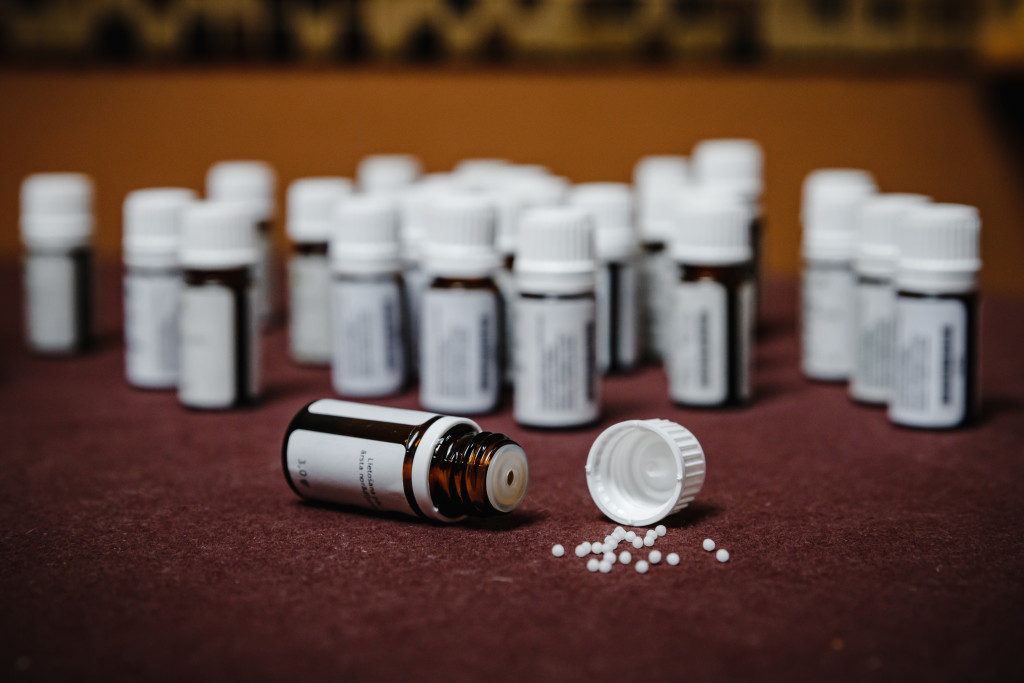Pharmacovigilance 360: Decoding the Complexities of Drug-Induced Suicide
- 08/02/2024
In recent years, the association between certain medications and an increased risk of suicidal thoughts and behaviors has become a growing concern within the realm of pharmacovigilance. Drug-induced suicide (DIS) refers to cases where the use of certain medications is suspected to contribute to an individual’s suicidal tendencies. Establishing this association definitively is challenging due to the complex interplay of various factors. These include underlying mental health conditions, individual susceptibility, and the multifaceted nature of drug interactions. However, when patterns suggest a potential link, it becomes imperative to investigate and address these concerns through pharmacovigilance. Therefore, understanding the link between drug-induced suicide and pharmacovigilance is crucial for safeguarding public health.
Global Impact of Suicide and Paradoxical Risks in Medications
Global suicide rates exceed 700,000 deaths annually, posing a severe public health crisis. According to the World Health Organization, one life is lost every 40 seconds. Impacting families, communities, and nations, suicide ranks as the fourth leading cause of death among 15–29-year-olds globally. Contrary to belief, over 77% of suicides occur in low- and middle-income countries. Alarmingly, medications designed to treat mental and physical health, such as antidepressants and antipsychotics, are paradoxically associated with suicidal behaviour. Vigilant pharmacovigilance is essential, as studies reveal commonly prescribed drugs, like hormonal contraceptives and beta-blockers, may induce suicidal adverse reactions. This emphasizes the need for comprehensive monitoring in psychiatric and general medical treatments.
The Crucial Role of Pharmacovigilance in Drug Monitoring
Pharmacovigilance serves as a vigilant guardian, consistently monitoring the safety of drugs post-market introduction. It encompasses the organized gathering, analysis, and interpretation of data concerning adverse effects, including suicidal thoughts and attempts. The primary objective is to pinpoint potential safety signals, evaluate their significance, and implement appropriate regulatory measures if necessary. Case reports are pivotal in pharmacovigilance by identifying new safety signals and notifying physicians about potential rare adverse drug reactions (ADRs). Notably, DrugCards’ pharmacovigilance specialists uncovered a systematic review examining published case reports on drug-induced suicide, exemplifying robust efforts in this field.
Labelling Discrepancies: Suicidal Risks Uncovered in Unlikely Medications
The systematic review identified 61 drugs associated with DIS. It revealed a pattern where most cases involved drugs with recognized suicidal risks on labels. This emphasizes heightened scrutiny of drugs acknowledged for potential suicidal ADRs. Surprisingly, nine drugs exhibited potential suicide risks without explicit label mentions, including lumacaftor/ivacaftor, doxycycline, piroxicam, clozapine, paclitaxel, adalimumab, infliximab, dextromethorphan, and formoterol. Therefore, the findings might provide valuable insights into drugs that may cause suicidal ADRs.
Assessment Across Borders: Collaborative Efforts by Regulatory Agencies
Illustrating pharmacovigilance efforts and ongoing safety reviews by regulatory agencies, as actively monitored by the DrugCard platform, play a crucial role. An ongoing investigation into the potential side effects of suicidal ideation linked to glucagon-like peptide-1 receptor agonists (GLP-1) medications showcases collaborative efforts by regulatory agencies in Canada, Europe, and the United Kingdom. This proactive review, initiated by the Icelandic medicines agency, responds to reports of suicidal thoughts among individuals using liraglutide and semaglutide medications. While the FDA acknowledged a potential safety issue with these medications, it clarified that this does not necessarily imply a causal relationship between the drug and the listed risk.
Conclusion
The global impact of suicide, coupled with paradoxical risks in medications, underscores the intricate challenges in drug safety. Ongoing regulatory investigations highlight the collaborative efforts required for effective pharmacovigilance. Navigating the intersection of DIS and pharmacovigilance demands a cautious approach. It requires a proactive stance to ensure the continuing safety of medications and mitigate potential risks to individuals’ mental well-being. In essence, vigilant pharmacovigilance remains paramount for decoding and addressing the complexities surrounding drug-induced suicide.



